Learning about learning
|
I was fishing around for something on my computer today, and came across the 2014 Innovating Pedagogy Report put out by the Institute for Educational Technology at The Open University. This report is created for teachers rather than designers and corporate training people, but it is interesting to see the trends that were identified in K12 education a year and a half ago. They include: I find it curious how many of those trends exist in today's world of instructional design and elearning. Normally, the orbits of higher ed, K12, and corporate training spin in different realms, but there appears to be a convergence here. We are all chattering about storytelling and the value of assessment, MOOCs, analytics and the flipped classroom and troubled by BYOD. If you look at a conference brochure, you'll see lots of things about these concepts. The methods of improving our education & training all include examine a variety of components: knowing what is needed (in our world, gap analysis), delivery of content, application of content, and measuring the learners' absorption of it. It seems as though we are focused on the delivery and assessment these days. Leveraging TechnologySince the advent of readily accessible technology, we have online learning and measurement options available to us, and educators and trainers attempt to effectively incorporate technology as it has become ubiquitous in our daily lives. We all experiment with things, examine the results, talk about them, tweak them, and hopefully improve what was. I know in my 40 years of teaching, I've seen lots of things change. I've tried things that worked well and things that flopped. Yet people still learned. How much, well, that's the fly in the ointment. Two hundred years ago, there was the chalkboard, classroom, a teacher imparting knowledge, and lots of reading and rote memorization. We view that as primitive, yet it takes effort to read most 19th century literature because of the dense vocabulary and long sentences. Those writers were schooled in that "primitive" classroom and have language skills that far surpass what we have today. Their methods worked. Do I suggest we return to that? No. There is so much more to learn today. There's so much more available to us with the world at our fingertips on a computer. School systems need to decide what must be in the canon imparted to children, parsing out of that enormous mass of ideas to assemble a stable curriculum. Similarly, in corporate training, we struggle to figure out what the learner really needs, despite our subject matter expert's insistence that they need the trunkful of material they toss over the wall for us to put in a 10 minute elearning module. We Really Should Leverage Cross Disciplinary ConversationI often wonder why we don't talk to one another much between K12, higher ed, early childhood and training. Granted, a key difference is the focus on children vs. adults, but there are excellent synergies that we can leverage between one another. That's why I pay attention to them all in my Twitter feed, and it's where I came across the report that sparked this post. I know that creative sparks occur when a novel concept is introduced to the mix, forcing thinking to go in new directions. Edward DeBono uses this in lateral thinking, and calls this process Random Entry. A totally unrelated idea takes our thinking in different directions. Here's a great example. In the report's article about learning analytics, Miller & Mork's (2013) value chain for discovery, integration, and exploitation of large-scale data is cited. This comes from an IT perspective, and in a very simple way, shares how we could leverage the data we collect. A question comes up here: are we collecting the right things? There's considerable effort being invested in data mining of big data, and leveraging xAPI to track user activity. I wonder how much of the thinking in this image would be useful to us as we plan our evaluation strategies. I also wonder if having a representative from IT at the table would bring a divergent perspective as we consider evaluation and assessment possibilities so we might better leverage available data. The Value of BricolageThis is where the concept of bricolage comes in. Bricolage comes from the process of playing with things at hand. Examples include the child who builds a fort out of the sofa cushions, the artist who creates sculpture from household items, the teacher who does crafts with his students using paper towel rolls, and musicians who use spoons or pots and pans as instruments. According to Wikipedia, "Bricolage is a French loanword that means the process of improvisation in a human endeavor. The word is derived from the French verb bricoler ("to tinker"), with the English term DIY ("Do-it-yourself")." I like that. Improvisation in a human endeavor. One of the tenants of improvisation is "Yes, and". Here, the players must agree with whatever the other has started, and build from there. It's leveraging imagination. Dictionary.com defines bricolage as
In education, MIT theorist of constructionism (different from constructivism) and founder of the MIT Media Lab, Seymour Papert was inspired by noting the difference between math class students and art class students carving a bar of soap. He wanted to find a way to teach math that had the inspiration of the soap carvers. Here, the soap leveraged divergent thinking for him, and from it, emerged the Logo software that allowed students to explore math concepts in a hands on fashion. He looked at problem solving in two ways: rather than being analytical, he deemed the learner a bricoleur, who learned through playing with things. Constructionism is actually learning by making. Bricolage is used in managerial and entrepreneurial literature, and seems to be tied with creativity. There's a difference though. It seems that bricolage is the result of problem solving. With the fort, the child wanted to create a hiding place, and improvised. The music maker had no drums, so the pot was inverted to become the percussionist's tool. It's a form of problem solving through experimentation. In our world, bricolage includes blended learning, mLearning, elearning, and MOOCs. The solution came about to meet a need. Learners are attached to their smartphones, which makes computing portable, so we leverage that through mLearning. We need to eliminate costs for some training, so we improvised via webinars, or create blended components so there is less seat time. These examples have been around for a while, and solved the "How might we" questions used in the world of UX. We answer with a solution that's a mashup of common tools used in a new paradigm. What was new, is now commonplace.
Education is continually working to reinvent and improve itself and supplement what is already in place. As my grandmother used to say, "Necessity is the mother of invention." "How might we" is an excellent starting point to solve a problem. Designers look at people, problems and solutions. What do we need to build next? Don't let the problem become a stopping point. Look for the "Yes, and" as well as the "How might we" to leverage what's at hand to build the next bricolage for learning. How might we do what we do better? What's in your toolkit that could spur a new way? It doesn't always need to be something new. Bricolage comes from leveraging what's at hand. What can you combine to create better learning?
3 Comments
The designer then brainstorms many solutions, narrows focus to one solution, and creates a prototype, which is presented to the user for feedback. The feedback is applied and the design is reworked until an appropriate solution is created that is feasible for the designer and solves the user's problem. In design thinking, the user is central. This process is the way new products are created, originating from the research and development teams in organizations, but it is being increasingly adopted in other areas of the business. The buzz is growing around design thinking, hitting the mainstream in the September 2015 issue of the Harvard Business Review last year. In the lead article, Design Thinking Comes of Age, Jon Kolko, VP of Design at Blackbord says,
What applicability do we see between instructional design and design thinking? Are there things we might leverage too? If you're new to Design Thinking, check out the free crash course available from the dSchool at Stanford or their resource page for methods. Design thinking is about creating solutions to problems. The user is always a central focus. How can we address this as instructional designers?
A Little Knowledge is a dangerous ThingWhen we were in high school, many of us had the experience of participating in theatre. Perhaps it was on stage, perhaps it was behind stage. We had fun, and got a taste of what goes into making theatre. For those of us who have seen shows on Broadway, or other professional productions, there is no comparison to what is produced in the auditorium of XYZ High, a community players group and a show produced by professionals. They have mastered the craft and execute it well. Those of us with the beginners' taste of show business understand some of what goes on, but only a small fragment of what it really takes. I never realized how much behind-the-scenes thinking and analysis goes on, or the painstaking detail to get just the right prop or costume or flooring for the set. Heck, in high school, we memorized our lines, helped with costumes and makeup, and spent a month or two after school practicing, thenTA-DA! there was a show. In the professional realms there is thinking and trying and tweaking and tech rehearsals and blocking and lots of conversation. I've loved the glimpse into this world these activities around Trinity's shows afforded me to gain a better understanding of it all, but this certainly does not make me a theatre expert. We All Know How to Learn, Right?Similarly, we've all been to school in some form or another. Many of us have advanced through college and completed a degree or two, labeling us experts in something-or-other. This does not make us experts in learning or how people learn or creating materials to facilitate that process. Many people I've worked with over the years as subject matter experts (SMEs) would disagree with that. They are experts in a computer system or company product or algebra or biology or whatever it is that we have been tasked to create learning for others about. As a team, it's the SME and me. (Doesn't that sound like a TV show?) I don't challenge the SME on his or her expertise on the subject, yet we play tug of war for hours on how to help learners grasp it. If most SMEs had their way all training or elearning pieces or college courses would be LONG verbose treatises filled with jargon, zillions of minute details and tons of irrelevant material that would take you days and days and days to read, yet we are somehow supposed to condense this into a one hour elearning or some other impossible task. So we fight. I skinny it down, and they puff it back up again. It gets even worse when you have a committee working on the review as they agonize whether the word should be validate or authorize or the color of the shirt on the person in the photograph. I always work with my SMEs to come up with a single sentence goal for the course about what the learner should know and do at the end. I push them to get this down to that high level overview, then use it like a mantra to help them focus on the goal. Will knowing every exception to the rule helps us achieve said goal? No. So we shelve the exceptions for another course, or an addendum after the learner has gained what we wanted them to. so What?
Lessons from the LearnerI've just finished six days of intentional learning. From the time my feet hit the floor till I collapsed on my pillow, I was engaged in discovery about learning. I'm pooped! Most of that time I was in Orlando at the Association for Talent Development International Conference and Exposition learning with and from 10,000 people who work building learning for others. I've been at this for twenty years when I made the move from teaching to training. I've seen the name of what we do evolve over the years. Now we call it talent development. Whatever you call it, it's about designing learning to solve business problems. I learned a ton over the last few days. Here's a recap of the highlights. Solving Business ProblemsTraining is often viewed as a cost center in business because we don't generate revenue. However, if we do our job the right way, we become a valued business partner, enabling employees to do their job better and learn new skills. Foundational to that is linking the goals of what we do to the problems businesses need to solve.
Performance Consulting is the process of uncovering business problems at the root of what is presented as a training need. It's about examining things systemically, to look for the causes of the problem, which may be related to coaching and feedback issues, process problems, or even a problematic environment. The key is that the business needs inform the performance needs the individuals must do. We uncover those needs through questioning. Dick Handshaw provides an excellent listing of questions on his website. Aligning our training to those uncovered needs ensures we solve the right problem that impacts business results. Dick Hanshaw elaborated on the role of instructional design to create the learning solution for the problem. One concept that he has that I've not seen in other models is the blueprint, where everything is laid out prior to production. There is great wisdom in this. Building Strategic Linkages: Map and Measure Your Learning StrategyAjay Pangarkar Handout Link In this workshop we also talked about meeting business goals but by looking at things strategically. We looked at how business maps things out: Then we looked at how this is measured, using a balanced scorecard approach: My takeaway from this session was to look for the metrics being used to measure in the business and see how we might leverage them in training, and to focus on more alignment of learning goals with business goals. Innovating Learning Through Design Thinking Interview TechniquesAmanda Chavez and Katarzyna Siedlecki Handout Link
Depending on the model, you'll get pictures like these to depict design thinking. The one on the top is the model used at Stanford, and the one on the bottom is the model used at Booz Allen Hamilton presented in the workshop. The principles are similar in the world of instructional design, but with design thinking the ideate process is a bit more fluid and creative. I loved the idea of doing this with the subject matter experts that I work with to toss around ideas to generate a better end product. In this workshop and a similar one I attended during the week, we used mindmapping, post-it notes, and brainstorming techniques as part of the problem definition, and solution generating process. I definitely want to experiment more with this. If you want to know more, there's a great infographic at the Design Management Institute. I came, I Learned, I presented. I was able to share some of my expertise with people in my session on Ubiquitous Learning: Leveraging the Strengths of Online Learning. Having done all of the development work I did for the college over the past five years, I've seen some things that work well, and that really don't in online learning, and was able to show some examples of things that I've used with great success. Online learning is everywhere, and we miss out on a great opportunity not to leverage it. I had several international folks come up to me after the session to inquire if I'd fly to their company to present my workshop. We shall see where that goes. For now, we continue to learn. I spent several hours this evening going through the handouts for the sessions I was unable to attend. That's one of the benefits of online learning and access: I was able to extend the learning another day, and through mediums like this blog, share ideas with others to continue to learn. I love that. Don't you? |
Jean Marrapodi
Teacher by training, learner by design. Archives
January 2018
Categories
All
|
Conference
|
Company
|
|

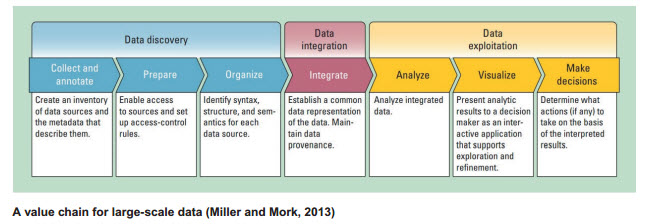

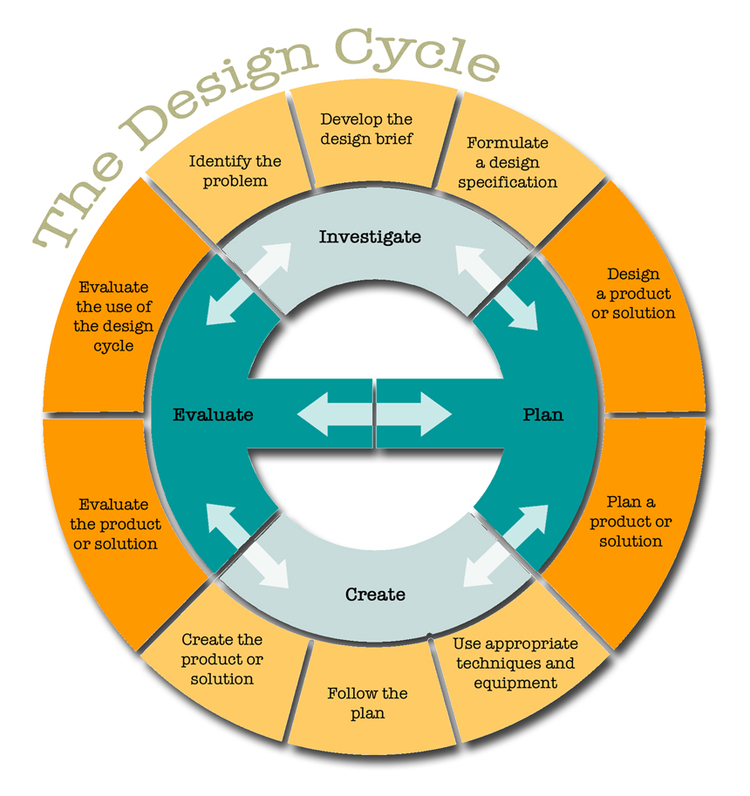
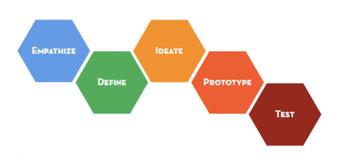



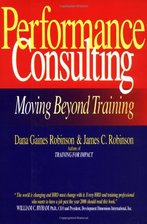
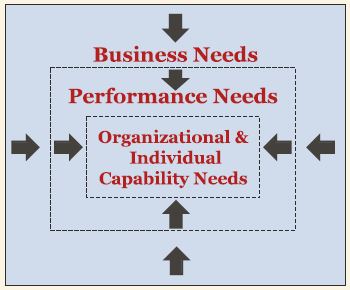
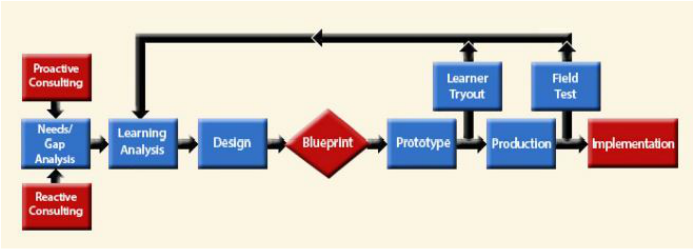
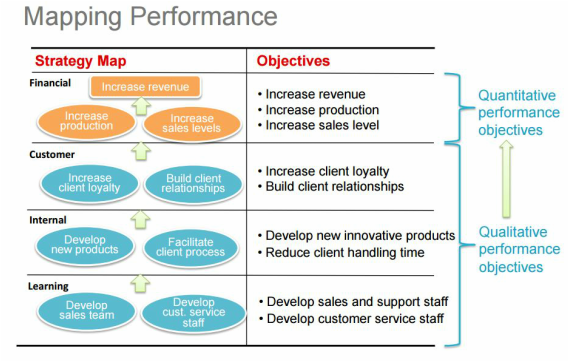
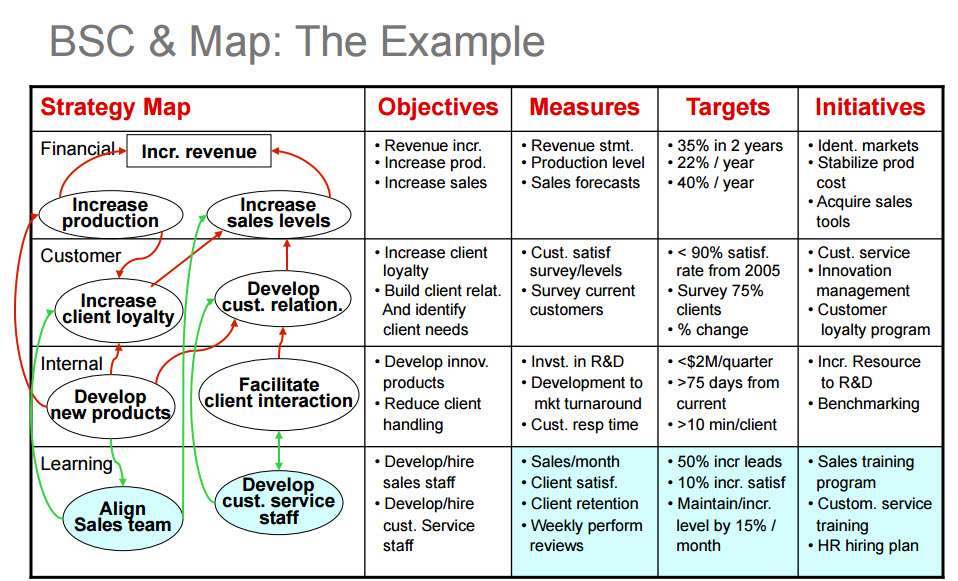
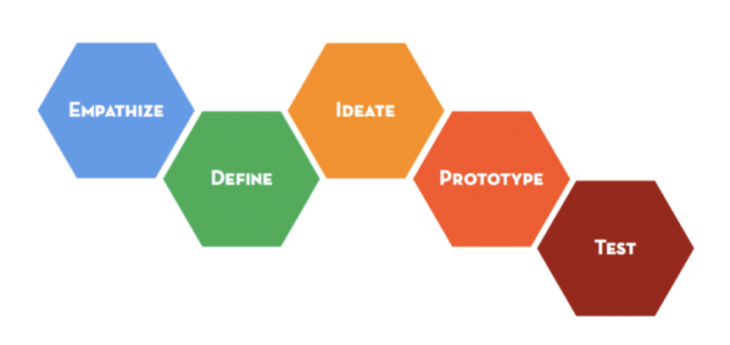
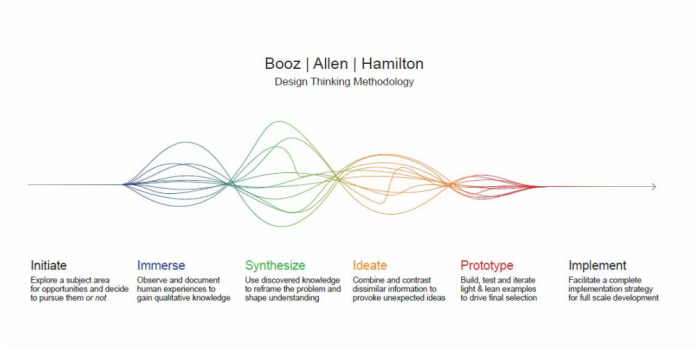
 RSS Feed
RSS Feed